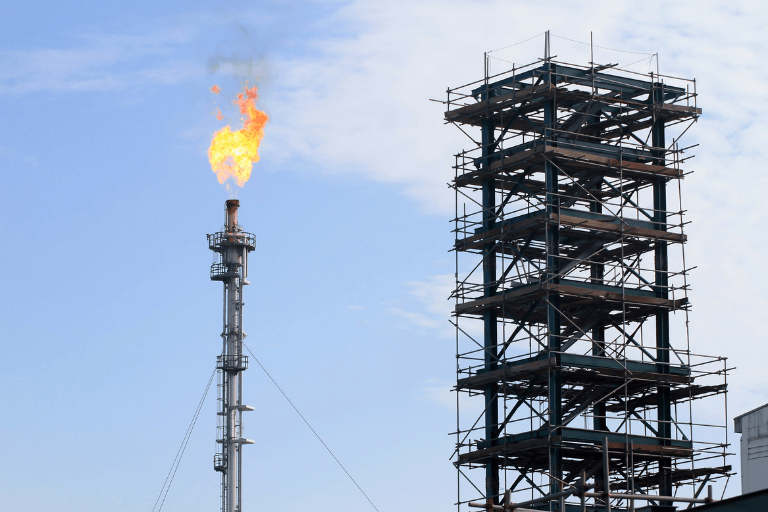Tracking Fuel Gas Sulfur Content: Why It Matters and How to Do It Right

Accurate fuel gas sulfur tracking is critical in the oil and gas industry to meet regulatory standards, protect equipment, and reduce environmental impact. This blog explores challenges in monitoring sulfur content, methods like Continuous Emissions Monitoring Systems (CEMS), and how advancements in technology help industries achieve precise and reliable sulfur management.
Understanding the Data Assessment Report (DAR) for CEMS Audits

The Data Assessment Report (DAR) is a crucial but often overlooked component of CEMS audit compliance. This guide breaks down what needs to be included, from quarterly accuracy results to EPA audit sample requirements, helping you keep up with regulations and streamline your reporting process.
Tail Gas Treatment Units (TGTUs): Essential for Sulfur Recovery

Read this post to discover how Tail Gas Treatment Units (TGTUs) help refineries meet stringent sulfur recovery and emissions control standards. This blog covers essential TGTU technologies, regulatory requirements, and the vital role that TGTUs play to improve sulfur recovery efficiency.
StackVision™ Case Study: Calumet Refinery

Learn how Calumet refinery used the StackVision DAS for flare monitoring and compliance with the Refinery Sector Rule (RSR).
StackVision™ Case Study: Delek-Tyler Refinery

Learn how the Delek-Tyler, TX refinery employed the StackVision Data Acquisition System to solve their complex needs and comply with RSR regulations.
How StackVision™ Helps Refineries With RSR Regulations

Learn how using a data acquisition system such as StackVision helps refineries meet extensive Refinery Sector Rule (RSR) regulations.
Bridging the RSR Compliance Gap: Part 2

This article appeared in Hydrocarbon Engineering’s August 2020 issue. This article focuses on US EPA approved alternative 131 (ALT 131). ALT 131 allows for total calibration cylinder net heating value (NHV) as an alternative to the PS-9 requirement that specifies calibration and calibration check individual component agreement.
Bridging the RSR Compliance Gap: Part 1

In this article, which appeared in Hydrocarbon Engineering’s July 2020 issue, you’ll learn how, with the introduction of RSR and the copious amounts of data now required for compliance, many refineries are turning to a data acquisition system like Stackvision to meet regulatory requirements.
